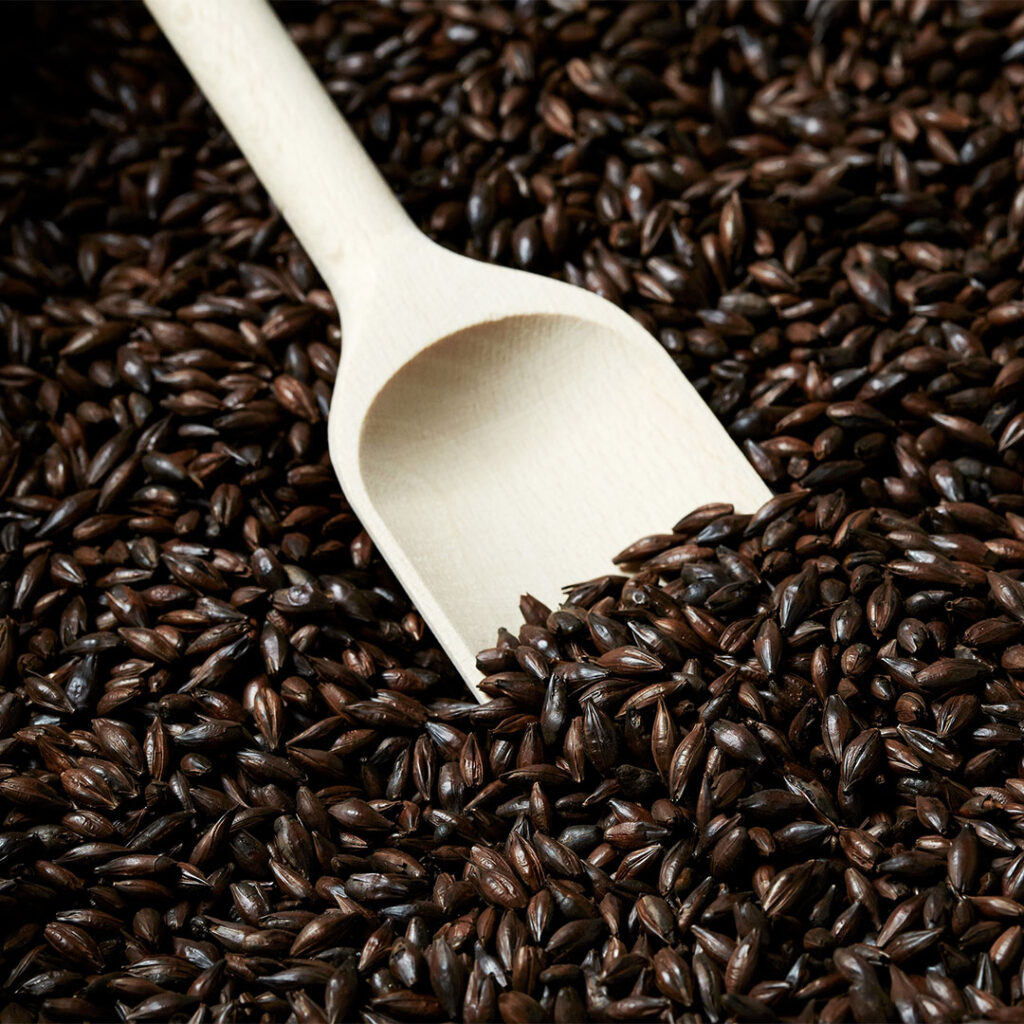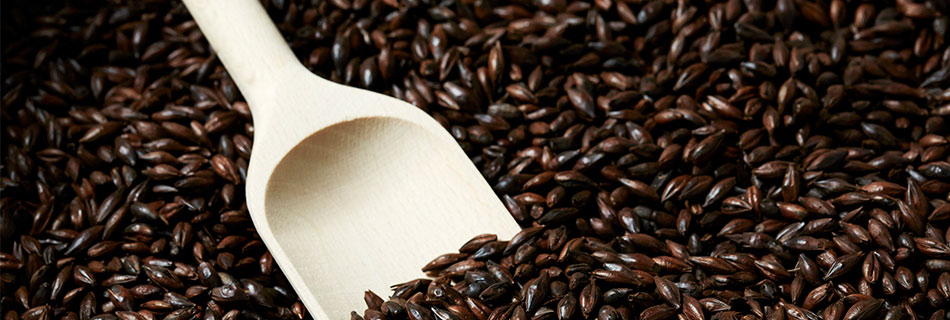The original brown malt – distinct from black malt – once had enough enzymatic power to convert sugars. Brewers used it in high percentages for Porters. However, the modern equivalent lacks this capability. To understand why, we must look at its historical production methods and the changes over time.

Traditional kilning methods
In the past, malthouses relied entirely on manual labour. Fire-heated kilns dried the malt, which was spread in a thin layer. Halfway through the process, maltsters briefly exposed the grain to higher temperatures. As a result, the grain popped or blew. The malt did not caramelise, but some conversion and saccharification likely occurred. However, this process was both challenging and costly, making it difficult to scale up production.
To achieve the necessary heat, maltsters burned either straw or hardwood. Straw worked better, as it avoided introducing smoky flavours. On the other hand, brewers who used hardwood often stored their Porters in casks, allowing the smoky notes to fade over time. Consequently, the final beer developed a smoother taste. This storage process also contributed to the ageing character of traditional Porters, adding depth to the flavour profile.
Modern brown malt at The Swaen
Today, Brown Porter malt is kilned rather than roasted. This lower product temperature prevents burnt flavours while enhancing chocolate, coffee, and caramel notes. Therefore, brewers achieve a well-balanced malt character in their beer. Unlike traditional brown malt, modern versions require a base malt to ensure proper starch conversion, as today’s version has little to no enzymatic power.
At The Swaen, we maintain tradition by using green malt instead of ready-made base malt. Moreover, our roaster creates a highly dynamic environment, ensuring every kernel moves continuously. As a result, we produce a malt with rich, complex flavours – perfect for brewing an authentic Brown Porter while preserving the historical character of this classic beer style.


